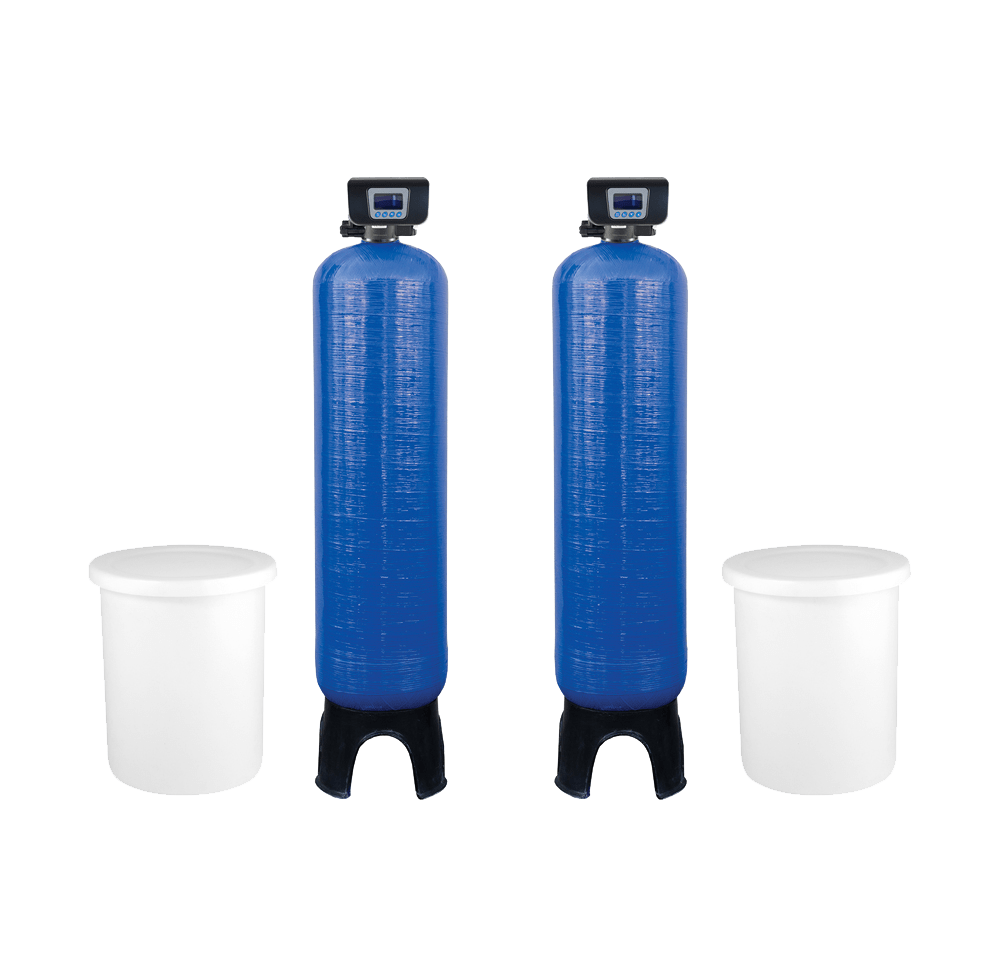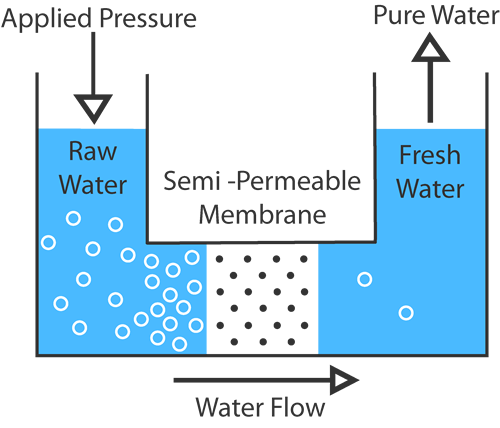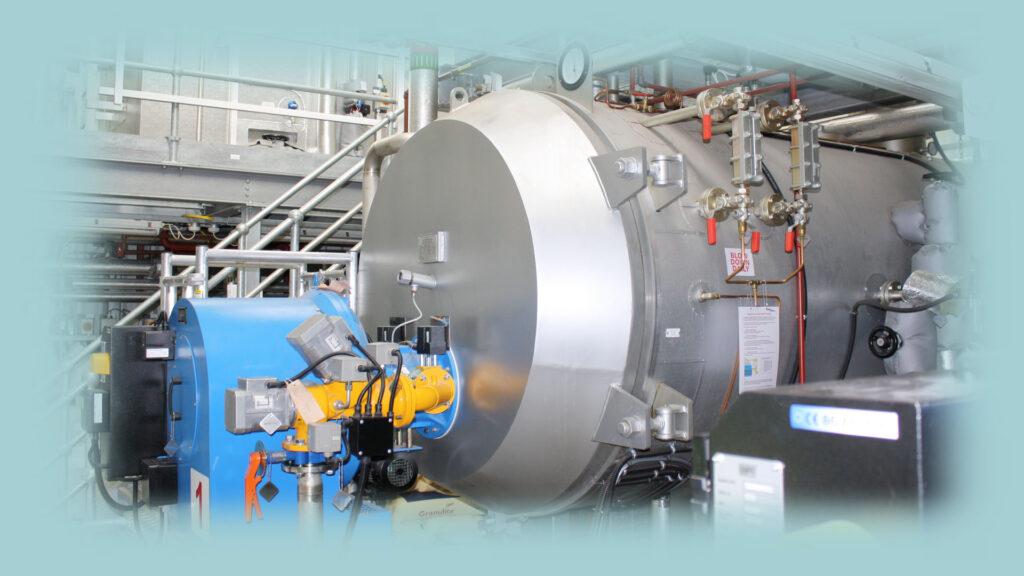Boiler Feed
Puretech Water Systems (UK) Ltd provides a wide range of reverse osmosis and water softening plants for boiler feed supply.
Without doubt, estates and building services managers are looking for ways of controlling their budgets. On the whole, this is because energy and water costs in particular are drastically rising. Unquestionably, boiler feed water quality control is on the whole a pragmatic approach to reducing costs and improving energy efficiency.
Over the past 10 years there has been an increase in the number of sites investing in reverse osmosis technology. For that reason, enhancing the water supply that serves a steam boiler is a fantastic way of increasing the longevity of the system. To clarify, this is typically a reverse osmosis system which is designated to the boiler feed supply.
The Solution
Installing a reverse osmosis plant provides a boiler feed to a steam boiler with purified water. Comparatively, this pure water supply from a reverse osmosis plant contains very low levels of conductivity.
In brief, most steam boilers are blown down on the level of conductivity contained within the chamber. For example, typically a blow down set-point for steam boilers is around 2500 microsiemens.
Incoming mains water conductivity ranges across regions. Moreover, on average the conductivity level can be anything between 350 to 750 microsiemens.
In general, a reverse osmosis plant used for a boiler feed will lower these levels of conductivity levels by around 95% – 99%.
Purified water treated by our water systems typically reduces the conductivity of the water to approximately 10 – 30 microsiemens.
Conclusion
Lower conductivity through clean steam generation results in the steam boiler taking much longer to reach its blow down set-point therefore reducing the number of blow downs required.
In other words, reducing energy costs to re-heat the boiler and reducing the volume of water required. In conclusion, a far more environmentally friendly practice which reduces the amount of boiler chemicals required.
To enumerate, we design bespoke systems that supply reverse osmosis water to the boiler feed. Besides reverse osmosis systems, we also offer water softeners from our existing comprehensive portfolio.
Our System
What is a Water Softener?
A water softener is used to remove hardness from the incoming towns mains water supply.
For instance, this is achieved by removing the calcium and magnesium ions. These ions would otherwise cause scaling within a water system. Scaling can present itself in many ways.
Below is a list of the most common effects of scaling;
- Water heaters scaling impedes on their ability to heat water efficiently.
- Scaling on glassware such as shower screens and glasses is unhygienic and cosmetically unappealing.
- The scaling on tap outlets and scale build up within water holding tanks can have detrimental effects on systems.
Water softeners remove the calcium and magnesium ions and traps them on its filter surface which acts as a magnet.
Therefore, we exchange these calcium and magnesium ions for sodium ions which, in turn, creates softened water. Summing up, this results in water ready for consumption.
Find Out More
Chiefly, Puretech Water Systems (UK) Ltd specialise in water treatment and process filtration. Consequently, Puretech Water Systems (UK) Ltd work across multiple sectors providing water processing solutions.
Interested? Find out more about water softening systems with Puretech Water Systems (UK) Ltd.
Find more information here: https://puretechsystems.co.uk/water-softeners-explained/

How does Reverse Osmosis work?
Reverse Osmosis is a high-pressure water process which forces water to be treated through a semi permeable reverse osmosis membrane. So, the membrane has two outlet channels. One being the permeate water (Purified) which passes the heavily filtered water onto the point of use application. This purified water typically has around 98% of the incoming contaminants removed, such as dissolved salts, bacteria, organics and pyrogens.
On the other hand, the other outlet is where the rejected water (Concentrate) is sent directly to drain.
In some cases, this concentrate water can be re-circulated back to the front of the reverse osmosis plant and re-processed. In conclusion, this particular process can significantly reduce water wastage.
Find Out More
Chiefly, Puretech Water Systems (UK) Ltd specialise in water treatment and process filtration. Consequently, Puretech Water Systems (UK) Ltd work across multiple sectors providing water processing solutions.
Interested? Find out more about reverse osmosis systems with Puretech Water Systems (UK) Ltd.
Find more information here: https://puretechsystems.co.uk/what-is-reverse-osmosis/

Benefits of Reverse Osmosis Water Systems


